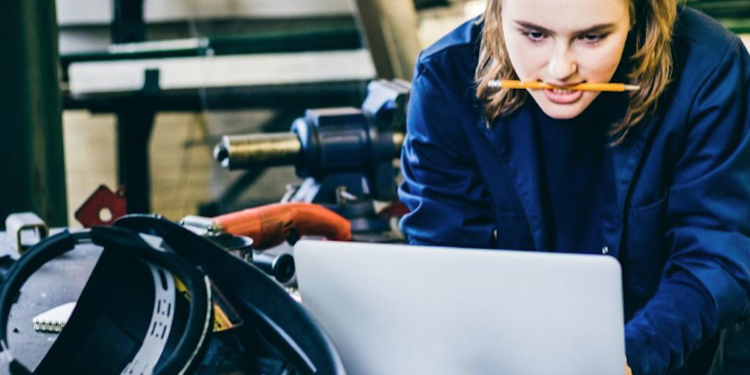You have to prepare necessary edges for your welding job when your assemblies and parts need a certain strength. You must always cut the edges of your metal for achieving full welding penetration. Your weld will replace the removed material and also make a complete bridge between all the joining parts. Your edge preparation will be possible only for certain weld types.
By using the CIGWELD welding equipment, you can prepare the edge for many different types of welding processes. In the following paragraphs, we will try to answer various questions related to welding.
What is considered the strongest type of weld joint?
Among the easiest to learn as well as the versatile type of welding process, you can consider the MIG welding process. However, if you want to go for aesthetics then you can go for the TIG welding process.
Both these will offer you the strongest welding joint.
Is it necessary to remove the mill scale before performing welding?
Only under certain conditions, welding over a thick mill scale will cause porosity, however, all the gases that will form by welding will have time to get escaped before your weld gets cool.
Do welds rust?
If on your weld, the oxide layer has not properly sealed then you get rust and oxidation. For achieving this passivation, generally, fabricators will clean stainless welds.
What are the four different types of welding?
Usually, only 4 different types of welding are commonly used and they are:
- MIG
- TIG
- Stick
- Flux-cored arc welding.
Are welds stronger as compared to metal?
Usually, welded joints are considered stronger than your base metal. Also, the stress concentration effect generally is considerably less in the case of a welded connection. The weld properties like strength, corrosion resistance, and ductility are decided by the type of welding electrodes.
What is known as EDGE preparation?
Edge preparation will consist of removing all the material along the edges of your metal surfaces. You have to prepare edges for your welding when assemblies and parts need certain strength. To get full welding penetration, you need to cut the metal edges. Only for certain weld types, edge preparation is possible.
What are the five welding positions?
The following are the five basic types of welding positions:
- Positions flat
- Vertical
- Horizontal
- Overhead
Why back gouging is needed?
Where it will not be possible to ensure the consistency of any weld root then back gouging procedures will be implemented.
What is a plug weld?
For fastening 2 pieces of metal to join together by using a welder, a plug weld is generally used. While joining the pieces, a hole will be drilled into your top piece and then it will be laid over the bottom piece. The weld will also be used while welding a rod inside the pipe.
What is called a square-groove weld?
It is a butt welding joint having 2 pieces remain flat and also parallel to each other. Such joint is quite economical to use, simple to prepare, and offers satisfactory strength, but will be limited by its joint thickness. This type of joint is common with both arc and gas welding.








